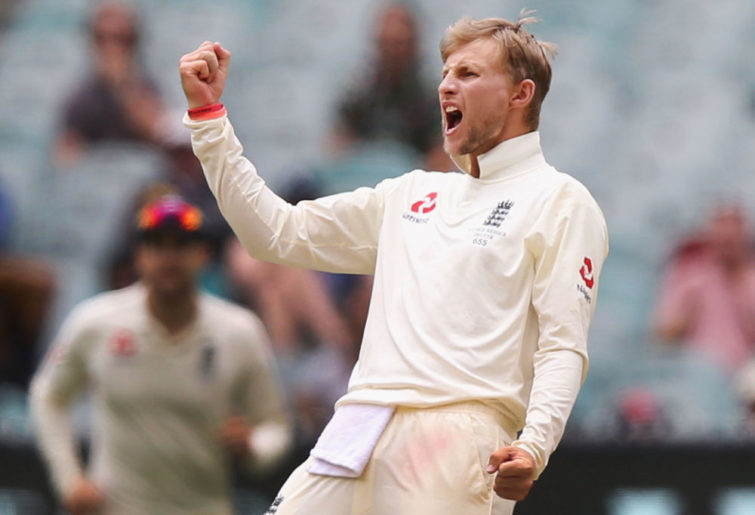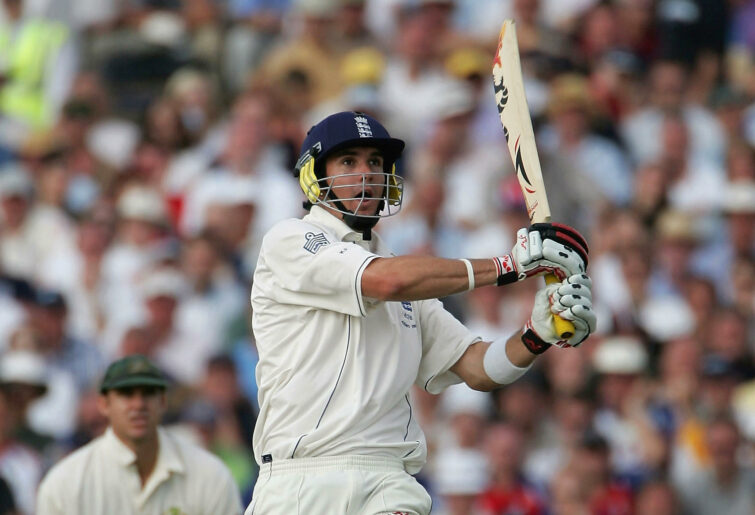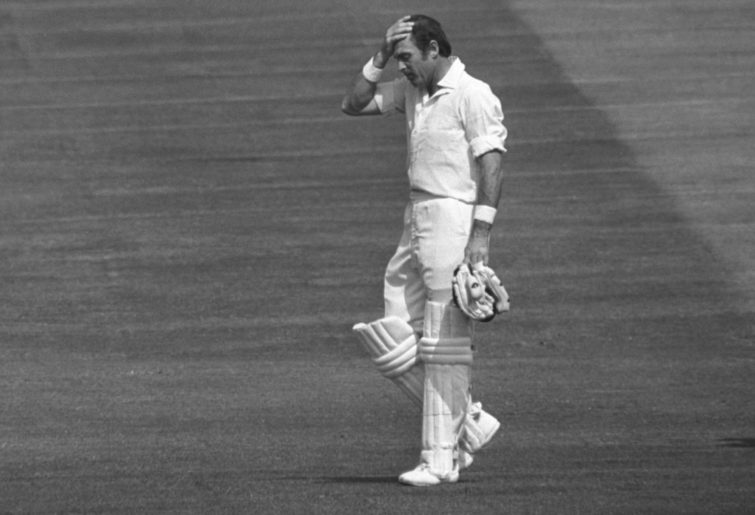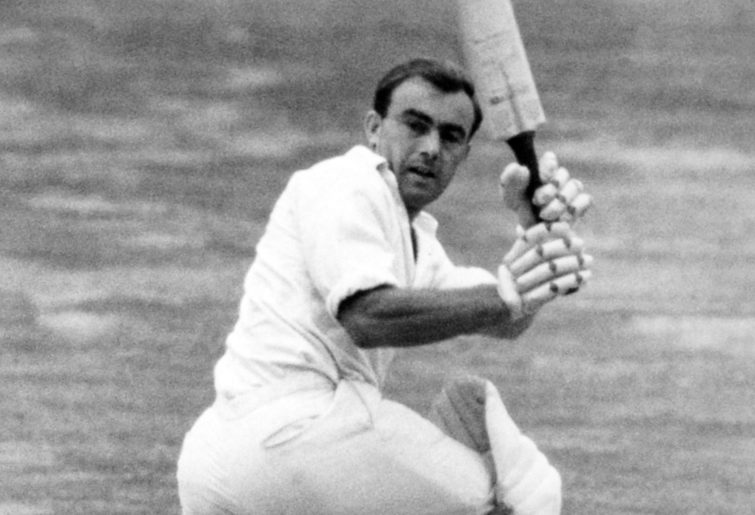The possibiliy of Jofra Archer's career coming to an early end will rob cricket of a bowler with so much talent
While a premature retirement isn’t the solution, he or England want, he may be forced into it if he can’t maintain a long run of matches.
Opinion
Carrying on from my previous article analysing Australia’s teams of the decades, I am now turning my attention to England.
This proved to be much more difficult than Australia for a number of reasons I will be mention.
As before, the decades will be listed in reverse order. No player is selected more than once, and where a career spans more than one decade I have tried to include them in the one where their performance was strongest.
2010-19
As with all of the teams, this is open to discussion. Jos Buttler and Jonny Bairstow miss out to Matt Prior because he has a superior average – which one or both could eventually exceed – and none is a genuinely standout wicketkeeper.
Steve Finn is unlucky not to be ahead of Woakes, but while Finn has more pace, Woakes is more consistent and bolsters the tail. Moeen Ali loses out to Swann but few England spinners would not.
Choosing Cook’s partner was a lottery. Although Burns didn’t debut until 2018, the 15 Tests he played by the end of the decade were around the same number managed by the other openers England tried in the period, with Michael Carberry probably being the most unlucky not to get a longer run.
Bell straddles the previous decade but became truly established in the team in this decade and scored more runs at a higher average. Jofra Archer is not considered as he did not debut until 2019 and Mark Wood’s injuries handicapped his career too much to include him in this decade.

Joe Root (Photo by Michael Dodge/Getty Images)
2000-09
Kevin Pietersen is selected here as he played 56 Tests and averaged 49.99 in this decade. It was also the period when he seemed happiest and therefore at his most destructive. Only Mark Butcher threatens the top three with an average of 40.45 in this period, which is still inferior to those chosen.
Unluckiest is Paul Collingwood. Though Thorpe played 57 of his 100 Tests in the previous decade he scored only 454 fewer runs in the 2000s, with a 14-run-better average per innings, making this his best decade.
Read is a personal choice as wicketkeeper, with James Foster a close second. Though Geraint Jones was a regular choice of the selectors, I feel that if either of the other two had received the same prolonged run, they would have had more fruitful Test careers.
Bowlers who miss out are Monty Panesar, who, though a better bowler than Giles, would have lengthened the tail; Graham Onions, whose many injuries frustrated a promising career; and Ryan Sidebottom, who loses out to Jones simply because of the impact the latter had on games on the rare periods he was fully fit.

Kevin Pietersen (Photo by Tom Shaw/Getty Images)
1990-99
Though Gooch was 37 when this decade began, he accumulated 4176 at an average of 51.55, which easily outperforms the previous two decades. Stewart plays as a top-order batsman, which is where he was at his best, and Russell was just too good a keeper to not pick.
Mark Ramprakash and Jon Crawley compete with Hick, but I have given him the slot simply because his career – as with many others in this decade and the previous one – was hampered by often bizarre selection decisions.
The bowling was more of a dilemma, with Alan Mullally, Dominic Cork, Phil DeFreitas all being possibilities. Devon Malcolm was just too inconsistent – either destructive or dismal.
If Dean Headley had avoided injuries he would have been a strong contender. Craig White would have given a more balanced team, but his best performances were 2000-02.
1980-89
This decade suffers from the selectors constantly overreacting to regular thrashings by the West Indies by dropping players who had previously been deemed good enough against every other Test team. Consequently getting to 30 caps was an achievement.
Graeme Fowler just misses out to Broad and Robinson, with Chris Smith and Kim Barnett the less-capped contenders. There is minimal competition for the middle order, with only Derek Randall and Chris Tavare averaging above 30.
Though Botham played the full decade, he was probably at the peak of his powers between 1977 and 1982, but the 1981 Ashes performance and his 75 Tests means he gets selected here.
If not, I’m not sure how I would have chosen another all-rounder from Derek Pringle, Ian Greig, Chris Cowdrey and David Capel. Phil Edmonds ahead of Small was a possibility, but I decided to stick with Emburey as the lone spinner despite his negative bowling.

(Steven Paston – EMPICS/Getty Images)
1970-79
Brian Luckhurst misses out in the top order. Though he played more Tests and scored more runs than Steele, the latter excelled against the fast bowling that was fashionable in this decade. There aren’t a great deal of middle-order options, with Bob Woolmer, Graham Roope, John Hampshire and a few more failing to establish themselves.
The bowling options included Mike Hendrick, Geoff Arnold and John Lever. Arnold was more of a home specialist, whereas Lever played more away, therefore it was a choice between Hendrick and Old. As Old was the more dynamic player and a better batsman, he gets the nod.
Though Snow played from 1965 to 1976, he had marginally more wickets and a slightly better average and strike rate in the 1970s.

Geoff Boycott (S&G/PA Images via Getty Images)
1961-69
Geoff Pullar is unlucky to miss out, but the strength of the middle order meant that Cowdrey’s flexibility and 42.42 average as an opener got him the place. Edrich’s career was split pretty evenly over two decades, but he was more successful in this one, with eight of his 12 centuries.
Graveney played more Tests in the 1950s but scored seven of his 11 centuries in this decade when he resurrected his career with a 54.57 average compared to 39.24. Peter Parfitt and Bob Barber miss out, but the saddest exclusion is Colin Milburn, whose career, which would likely have extended well into the 1970s, was tragically cut short.
Trueman is chosen in this decade with 179 wickets from 36 Tests compared to 128 from 31 in the 1950s. By now he had graduated to being an extremely skilful bowler rather than the out-and-out quick that he began his career as.
For the spinner I went with Illingworth ahead of Fred Titmus and Dave Allen mainly because of his ability to tie up an end – there is little else to choose between them. If David Larter had played more Test cricket, he may have challenged Higgs and Brown.

John Edrich (Photo by S&G/PA Images via Getty Images)
1951-59
The inclusion of the 1940s has thinned out the batting options leaving only Doug Insole and Willie Watson as alternatives and Subba Row batting out of position. That Graveney, Cowdrey, Dexter and Barrington’s careers began in this decade but peaked in the 1960s further handicaps my selection.
The bowling attack is at the other extreme. Laker’s presence means Tony Lock, Johnny Wardle, Roy Tattersall and Bob Appleyard don’t make it into the team. Lock is the biggest omission and would have made any other decade’s team. Sadly he was at his peak 1956-59 and ordinary in the 1960s, so I couldn’t even sneak him into that team.
Bedser looked a standout for the 1940s team, but his record improved with age, his bowling average dropping by almost eight runs per wicket in the 1950s. Peter Loader was the fast bowling alternative.
1940-49
Selecting this team just made me wonder what might have been and how many runs the top five would have scored if not for World War Two. As a group, only the 1960s and 2000s get near post-war, though the 1930s remain the benchmark.
Jack Robertson and Buddy Oldfield didn’t play enough to dislodge the top five. Though the bowling is not at the same level, Cranston and Yardley were useful all-rounders, and Edrich was a useful bowler too.
Butler and Pollard had good averages in limited appearances. Cliff Gladwin and Bill Copson are alternatives. Ken Farnes and Hedley Verity may well have played many Tests in this decade, but unfortunately we will never know. Eric Hollies is the spin option, but Wright gets the pick as a more attacking, if unlucky, bowler.

Len Hutton (Photo by Central Press/Hulton Archive/Getty Images)
1931-39
The early retirement of Kumar Shri Duleepsinhji sadly rules him out of being in the XI. Hendren played more of his Tests in the 1920s but got better in the 1930s. If the attacking Fred Bakewell had played more Tests, he may have displaced Jardine, and Charlie Barnett is also an option.
I would have loved to have sneaked Jack Hobbs in to partner Sutcliffe on the basis of his five Tests against Australia, but I just couldn’t justify it under the criteria. Larwood’s career should have extended well into this decade if not for the selectors, so he makes the team even on the basis of his nine Tests and 37 wickets – his average and strike rate were also much improved this decade.
That Bill Bowes, Ken Farnes and Stan Nichols don’t make the team illustrates the strength of the bowling options. Maurice Tate’s best performances were in the 1920s, so I have not considered him. Verity is irreplaceable, but if I were playing a second spinner, it would be Walter Robins.
The England teams were more challenging than Australia, with less depth and inconsistent selectors making some choices more arbitrary and subject to personal opinion – albeit supported by performance as much as possible. This will inevitably lead to more disagreement than with Australia.
I will leave it to you to do an Australia versus England decade-by-decade match-up to see who would come out on top.